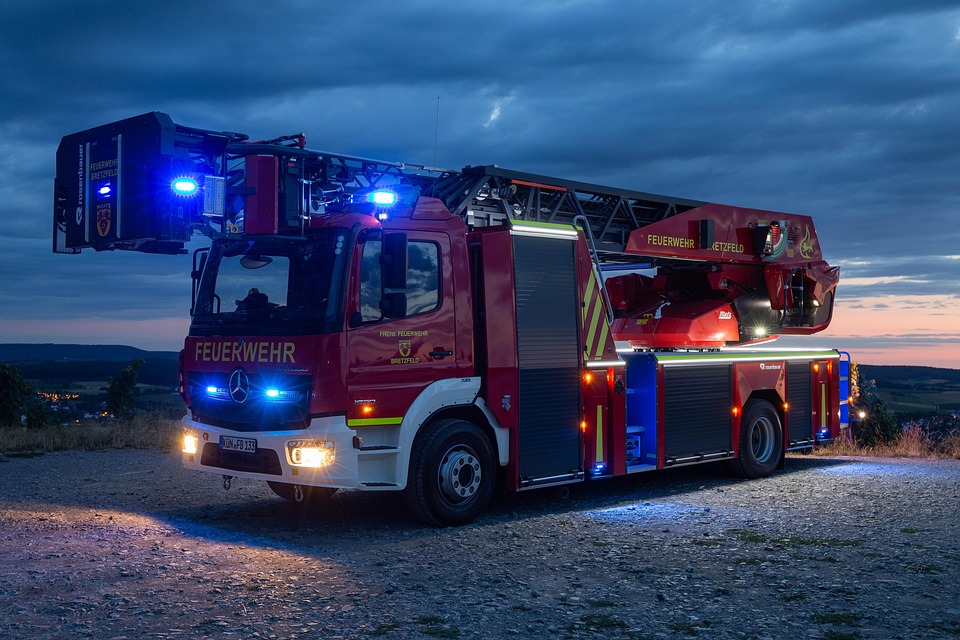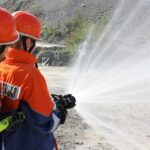Understanding the Structure and Organization of a Brigade
Introduction
A brigade is a military unit that is typically composed of several battalions and is led by a brigadier general. Brigades are an essential component of any military organization, as they are responsible for carrying out a wide range of missions and tasks. Understanding the structure and organization of a brigade is crucial for anyone interested in military operations and strategy.
Brigade Composition
A brigade is typically composed of several different types of units, including infantry, armor, artillery, and support units. Each of these units plays a specific role within the brigade and is responsible for carrying out different types of missions. Infantry units are responsible for engaging the enemy in close combat, while armor units provide fire support and protection for the infantry. Artillery units are responsible for providing indirect fire support, while support units provide logistical support and medical care for the brigade.
Command Structure
The command structure of a brigade is hierarchical, with the brigadier general serving as the overall commander of the unit. The brigadier general is responsible for overseeing all aspects of the brigade’s operations, including planning, training, and execution of missions. Below the brigadier general are several senior staff officers, including the executive officer, operations officer, intelligence officer, and logistics officer. These officers are responsible for assisting the brigade commander in the day-to-day management of the unit.
Task Organization
Brigades are often organized into task forces, which are temporary groupings of units that are assembled to carry out a specific mission. Task forces are typically composed of units from different branches of the military, including infantry, armor, artillery, and support units. Task forces are often used in combat operations to provide combined arms support to the brigade.
Operations
Brigades are responsible for carrying out a wide range of operations, including offensive operations, defensive operations, and stability operations. Offensive operations are designed to defeat or destroy enemy forces, while defensive operations are designed to protect friendly forces and terrain. Stability operations are designed to support civil authorities in maintaining law and order.
Support Operations
Support operations are a critical component of brigade operations and are designed to provide logistical support, medical care, and maintenance for the brigade. Support units within the brigade are responsible for providing food, water, ammunition, and transportation for the brigade. Medical units within the brigade are responsible for providing medical care for wounded soldiers, while maintenance units are responsible for keeping the brigade’s equipment in working order.
Training
Training is a critical aspect of brigade operations and is essential for ensuring that soldiers are prepared to carry out their missions. Brigades typically conduct a wide range of training exercises, including live-fire exercises, field training exercises, and urban operations training. These exercises are designed to simulate real-world combat scenarios and allow soldiers to practice their skills in a realistic environment.
Conclusion
In conclusion, understanding the structure and organization of a brigade is essential for anyone interested in military operations and strategy. Brigades are complex units that are composed of several different types of units, each with a specific role within the brigade. The command structure of a brigade is hierarchical, with the brigadier general serving as the overall commander of the unit. Brigades are responsible for carrying out a wide range of operations, including offensive operations, defensive operations, and stability operations. Support operations are a critical component of brigade operations and are designed to provide logistical support, medical care, and maintenance for the brigade. Training is a critical aspect of brigade operations and is essential for ensuring that soldiers are prepared to carry out their missions.


